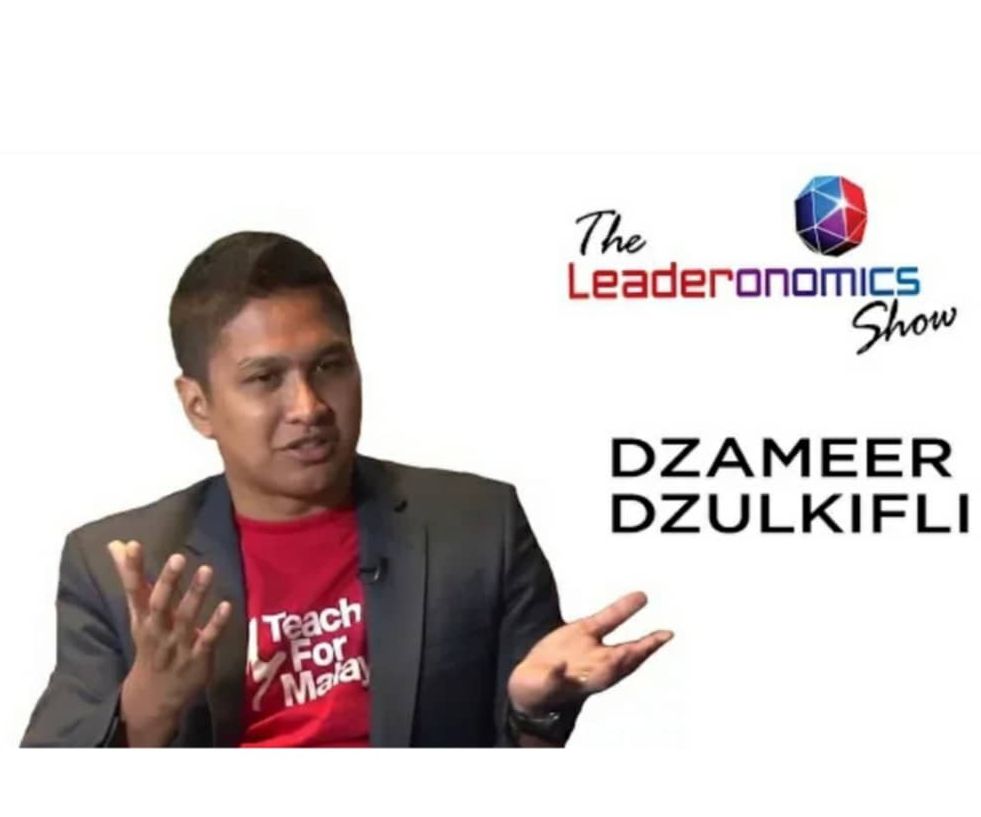How To Prioritise People and Culture To Drive Winning Results

Imagine, for a moment, your perfect work situation, environment, and contribution. Do words like collaboration, growth, productivity, appreciation and impact pop into mind?
In my professional career, I’ve come to realise that company culture is the key foundational element that helps guide the beliefs that drive the behaviours and actions needed to get the desired results.
It is also why according to KPMG’s 2017 Global CEO Outlook, 74% of chief executive officers (CEOs) are prioritising and investing in improving culture, trust, and engagement. They understand the direct impact it has on the financial health of their company.
Company culture is a shared set of beliefs and key mindsets that develop through the behaviours and experiences of an organisation.If leaders do not do a good job of defining and managing their culture, they will find themselves with a haphazard culture that breeds negativity because of the misalignment of words and actions, unclear expectations, no belief in a common goal, and zero understanding of how everyone has an impact in fulfilling the company mission.
Leaders are responsible for guiding behaviours through their collective strategic initiatives, goals, and messages that align with the mission, vision, and core values of the company.
Here’s how to prioritise your people and culture for winning results:
Know your culture
Understand the current state of your culture and then clearly define the culture you hope to build. Ask yourself these three questions:
1. What are the mindsets and behaviours we want our employees to have?
2. What experiences or opportunities can we create to help enforce those mindsets?
3. How do we make sure we recruit and hire people with those same mindsets and refine our messaging or training to help current employees develop those mindsets?
Set expectations, hold people accountable, and follow-through
All employees must understand what’s expected, and they need to see leadership following through and holding everyone accountable to those expectations.
Employees need to hear their leaders telling purposeful stories showcasing those doing it right in order to connect the words to actions.
Accountability often has the negative connotation of simply being a set of consequences for when mistakes are made or goals missed. In fact, it can be quite the opposite when approached correctly.
It is the act of following through in a manner and timeline that aligns with what was agreed on or made clear. Some leaders have the mindset that adults should know what’s expected and how to follow through, but that simply isn’t the case in most organisations.
I say that not because I don’t think people intend to do what is expected of them. I believe most of the time, what is expected is not made clear or outlined in a way that they understand.
Everyone needs to be guided, rewarded, and reminded, and they should understand the consequences of operating outside company standards.
In the end, a culture of accountability builds trust and dramatically improves performance.
Ask the right questions and listen
You can’t fully understand how to make something better without first understanding the severity and scope of the problem.
Most of the time, issues arise because of a larger underlying issue that manifests itself in a multitude of ways.
For example, lack of trust in the workplace can manifest as people not feeling comfortable speaking up, everyone operating under different assumptions, and adoption of the attitude that ‘everyone is out for themselves’.
Asking your employees, “What are the areas we need to improve and why?” can give you a great starting point for building your short-term and long-term people and culture initiatives. Feedback is effective when it’s truly heard and there is follow-through. Pay attention, make eye contact, and don’t interrupt or get defensive.

Communicate
Effective communication is the fundamental pillar of any high-performance team, family, organisation or partnership.
Misalignment of messaging can derail progress and many times, be detrimental to change efforts resulting in inefficiencies, frustration, and lack of order.
You need to define the barriers that stand in the way of properly communicating a vision for change within an organisation. They can be both behavioural and structural.
Build trust
A lack of trust is a threat to an organisation’s growth, but most CEOs have done little to improve trust because they are not sure where to start.
Trust must start at the top. Managers need to set clear goals that align with an organisation’s mission and core values, allow autonomy to execute on those goals, and provide constructive and consistent feedback along the way.
Consistency and alignment are the key elements to building trust. Get aligned with your mission, vision, and core values, and then remain consistent in your messaging, delivery, actions, and follow-through.
Remove negative people
Negativity breeds toxicity, so no matter how talented someone is in a specific field or discipline, they need to go.
Their negative energy, words, and presence rubs off on others and can lead to turnover of people you do not want to lose.
Toxic employees come at a great cost, and although you can’t see the harm it’s causing right away, the long-term effects are much more apparent.
You will start to see the ‘blame game’ philosophy where no one takes responsibility for themselves or their team, causing internal conflict and animosity.
Employees talk poorly about your company in public which leads to recruiting and brand image issues.
In conclusion
I hope this helps you in your efforts in building a stronger culture rooted in trust and accountability. Companies with strong cultures see a fourfold increase in revenue growth according to Forbes, so it will be well worth your investment in time and money to correct mindsets and behaviours of your current and future employees.
Leadership





